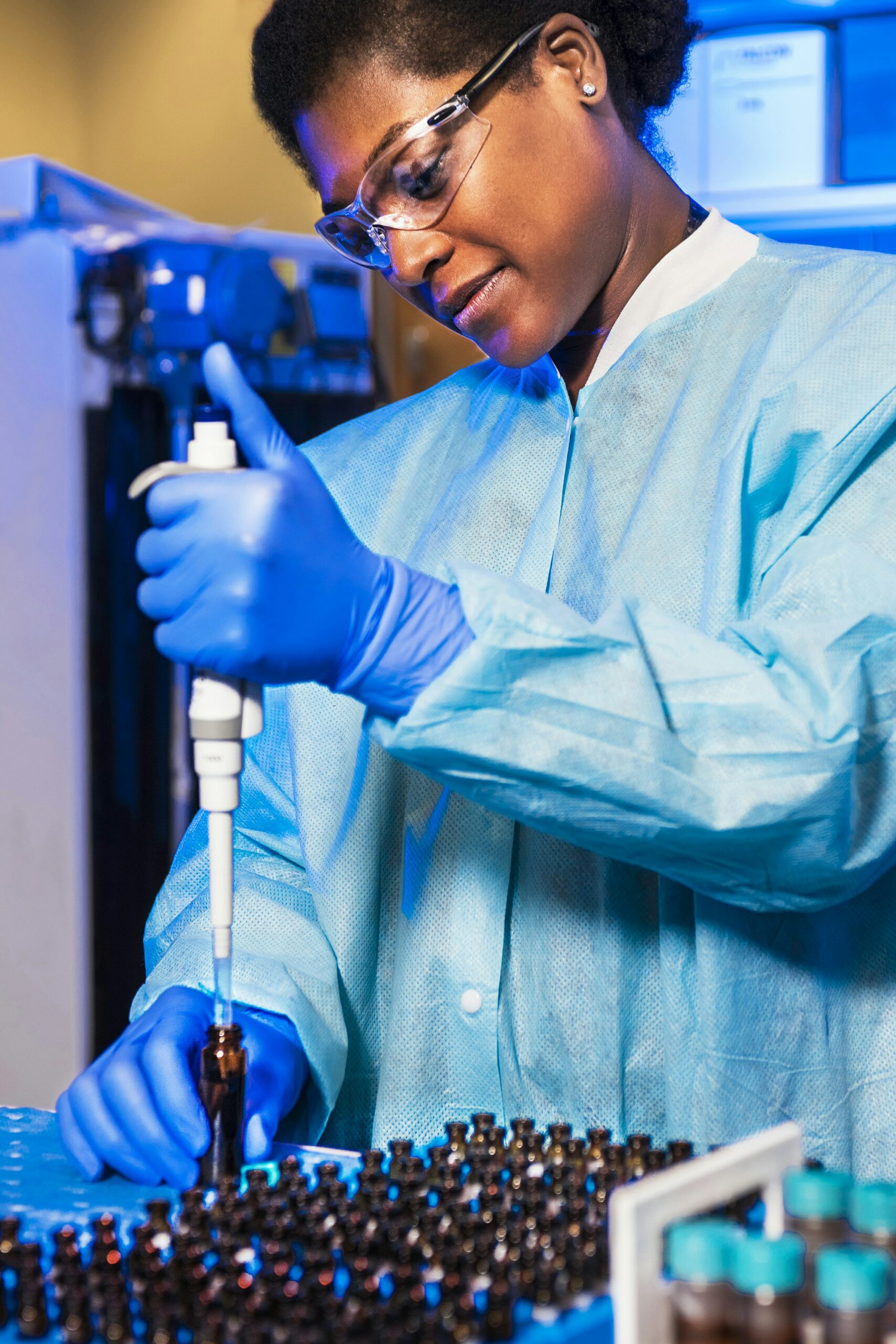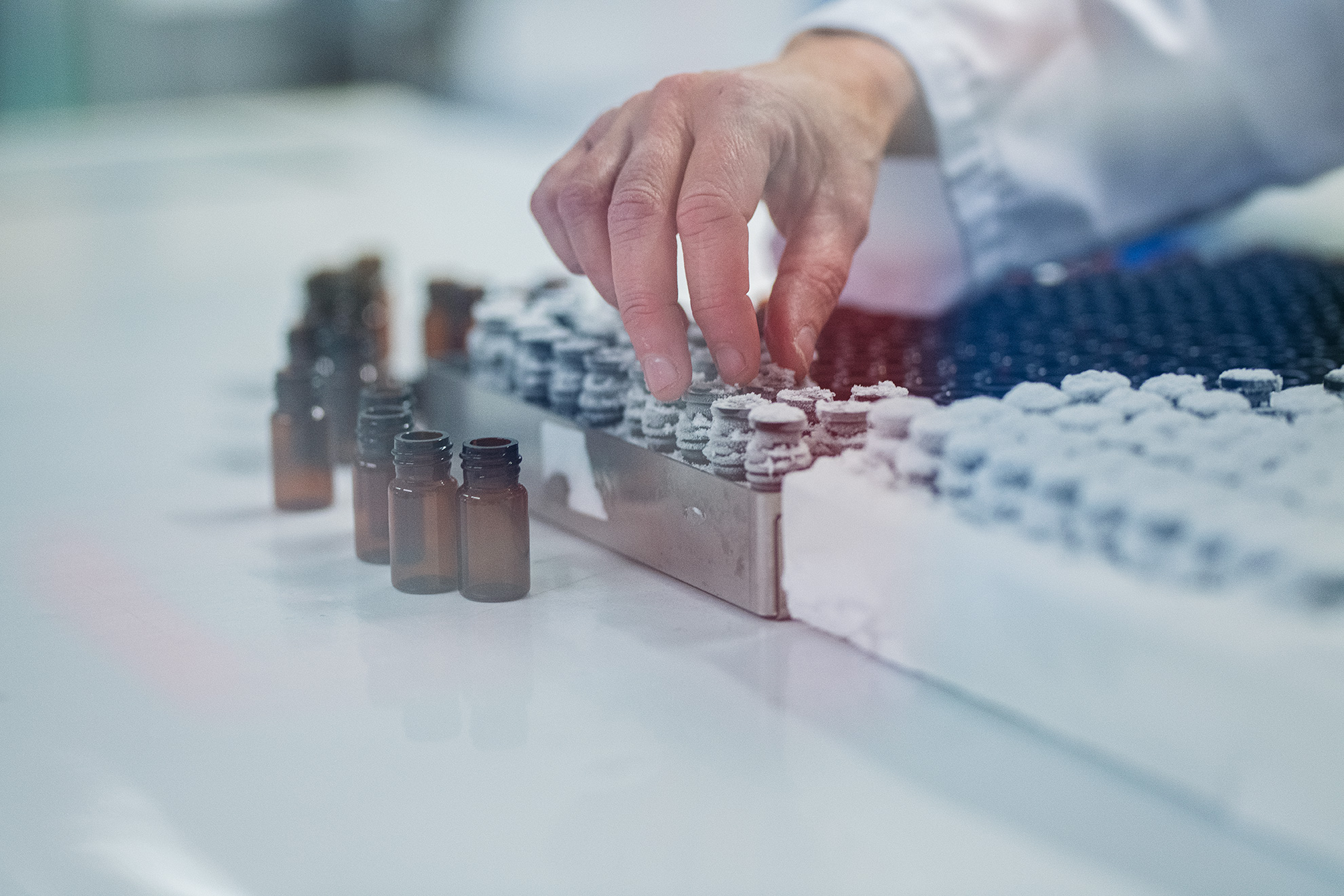Breakthrough Inflammatory Bowel Disease Research Shows We Can Quantify Neutrophil Activity and Endoscopic Severity from Serum
March 19, 2022
A specific calprotectin neo-epitope (CPa9-HNE) in serum from inflammatory bowel disease patients is associated with neutrophil activity and endoscopic severity
Background and aims
Endoscopy and the use of fecal calprotectin (fecal CP) are among the least favored methods for assessing disease activity by inflammatory bowel disease (IBD) patients; the handling/processing of fecal samples is also impractical. Therefore, we sought to develop a novel neo-epitope serum calprotectin ELISA, CPa9-HNE, with the aim of quantifying neutrophil activity and NETosis and proposing a non-invasive method for monitoring disease activity in IBD patients.
Methods
In vitro cleavage was performed by mixing calprotectin (S100A9/S100A8) with human neutrophil elastase (HNE), and a novel HNE-derived calprotectin neo-epitope (CPa9-HNE) was identified by mass spectrometry for ELISA development. The CPa9-HNE ELISA was quantified in supernatants from ex vivo activated neutrophils and serum samples from patients with ulcerative colitis (UC).
Results
CPa9-HNE was specific for activated neutrophils ex vivo. Serum CPa9-HNE levels were four fold higher in CD (p<0.0001) and UC (p<0.0001) patients than in HS. CPa9-HNE correlated well with the SES-CD score (r=0.61, p<0.0001), MES (r=0.46, p=0.0141), and the full Mayo score (r=0.52, p=0.0013). CPa9-HNE was able to differentiate between CD and UC patients in endoscopic remission and moderate/severe disease activity (CD: AUC=0.82 (p=0.0003), UC: AUC=0.87 (p=0.0004). The performance of CPa9-HNE was equipotent or slightly better than that of fecal CP.
Conclusion
Serum CPa9-HNE levels were highly associated with CD and UC patients. CPa9-HNE correlated with the SES-CD score and the full Mayo score, indicating a strong association with disease activity.
Keywords
Calprotectin; IBD; biomarkers; inflammation; neutrophil elastase; neutrophil extracellular traps (NETs); neutrophil granulocyte.




